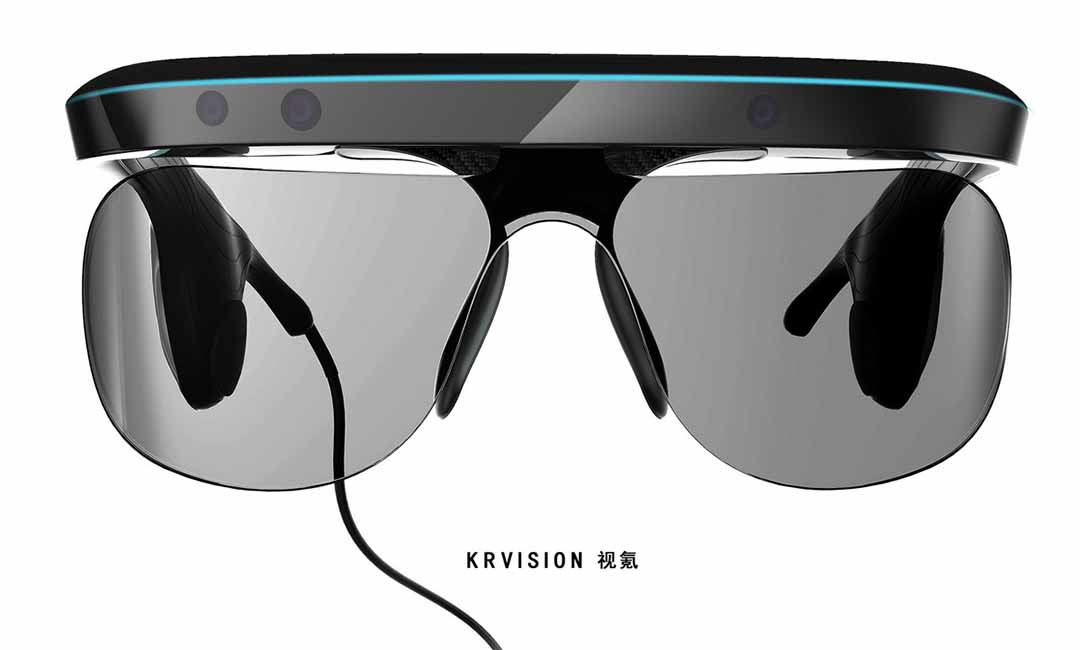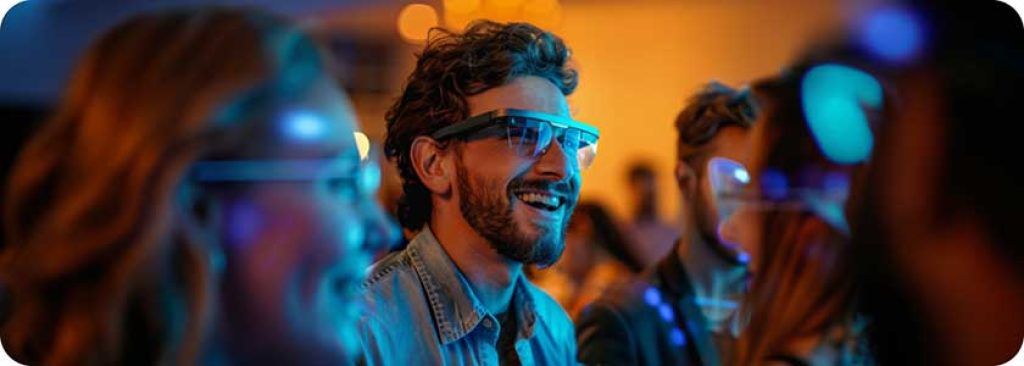Mobility Aids for Visually Impaired Users: Enhancing Independence and Navigation
Mobility Aids for Visually Impaired Users: Enhancing Independence and Navigation
Blog Article
Discover Advanced Assistive Tools for Individuals With Visual Disabilities
The landscape of assistive technology for people with aesthetic impairments is advancing quickly, offering a variety of ingenious devices that boost freedom and interaction (Braille displays and notetakers). From clever glasses that flawlessly merge visual input with auditory assistance to sophisticated navigation applications that redefine spatial awareness, these tools are reshaping possibilities. The most recent advancements in Braille modern technology and voice-activated systems substantially add to accessibility. Nevertheless, the implications of these advancements expand far beyond mere functionality; they challenge conventional understandings of disability and independence. What might this mean for the future of addition and support?
Smart Glasses Innovations
Smart glasses stand for a substantial innovation in assistive technology for individuals with visual impairments. Geared up with cams and sensing units, smart glasses can record real-time visual information, which is after that refined and shared to the user with audio responses or haptic experiences.
Additionally, improvements in synthetic knowledge have actually additionally improved the abilities of wise glasses. Device learning formulas can recognize faces, read text, and recognize items, making them indispensable tools for daily tasks. Users can receive auditory signs that supply context about their atmosphere, cultivating self-reliance and self-confidence.
Furthermore, the ergonomic style and lightweight nature of several wise glasses make them appropriate for prolonged usage, making sure convenience while improving performance. As these devices continue to develop, they hold the potential to transform the way people with aesthetic problems experience their day-to-days live, bridging the gap in between accessibility and technology. The continuous research and advancement in this area guarantee to expand the possibilities for wise glasses, making them a necessary component of contemporary assistive devices.
Navigating Apps and Equipment
Many navigating applications and devices have actually arised as necessary sources for people with aesthetic problems, dramatically boosting their ability to go across unfamiliar environments. These technologies utilize GPS capability, audio signs, and real-time information to offer customers with precise navigation support.
One prominent instance is the Aira app, which attaches customers to qualified representatives that can offer visual descriptions of surroundings and navigating assistance through a real-time video clip feed. This solution boosts the user's spatial understanding and self-confidence while navigating. One more significant tool is Seeing Eye GPS, which supplies voice-guided navigating and sights, enabling users to accessibility vital details concerning their surroundings.

As modern technology proceeds to development, the development of more innovative navigation tools promises to more encourage individuals with visual impairments, facilitating smooth mobility and integration right into varied environments. Such technologies are crucial in advertising a much more comprehensive society.
Braille Modern Technology Developments
In recent years, improvements in Braille technology have actually substantially transformed exactly how people with aesthetic problems gain access to info and engage with the globe around them. The development great post to read of portable Braille displays has changed reading by permitting individuals to attach wirelessly to tablet computers, computers, and mobile phones. These gadgets transform message right into Braille in real-time, making it possible for smooth communication with digital web content.
Moreover, innovative Braille printers have actually emerged, boosting the production of responsive materials. Modern embossers are much faster and extra efficient, allowing for the rapid creation of Braille documents and instructional materials. This performance lowers the moment and expense connected with producing Braille sources, making them extra available to colleges and companies.
In addition, the integration of Braille with various other innovations, such as man-made knowledge and equipment knowing, has actually opened up brand-new methods for individualized learning experiences. Voice acknowledgment and synthesis modern technologies can complement Braille, giving an inclusive technique to info circulation.
As the demand for inclusive education and office environments expands, these technical improvements play a crucial duty in equipping people with visual disabilities, ensuring they have equal accessibility to details and chances in various facets of life.
Wearable Tools for Freedom
An expanding array of wearable gadgets is enhancing independence for individuals with visual problems, offering cutting-edge options that enhance navigating and everyday living. Braille displays and notetakers. These devices utilize innovative innovations to offer real-time responses and support, promoting autonomy in various environments

Wearable innovation also consists of smartwatches that can be configured with availability attributes, making it possible for users to obtain notices, track their places, and even require help with the touch of a button. Some tools incorporate synthetic knowledge to assess the environment, offering audio descriptions of close-by objects or people.
Voice-Activated Assistive Solutions
Leveraging voice-activated assistive options has changed the landscape of support for people with visual impairments, offering hands-free communication and access to a range of tasks. These technologies make use of natural language processing and expert system to make it possible for individuals to do everyday activities via basic voice commands.

Additionally, current developments in voice recognition accuracy have boosted the user experience significantly, accommodating diverse accents and speech patterns. This inclusivity ensures that more people can gain from these innovations, promoting a better sense of freedom.
Verdict
Finally, the development are optometrist real doctors of innovative assistive tools dramatically boosts the freedom and lifestyle for individuals with visual disabilities. Advancements such as wise glasses, navigation apps, Braille innovation, wearable devices, and voice-activated options jointly foster an even more inclusive atmosphere. These technologies empower customers to navigate their environments with confidence and involve even more totally with the globe, eventually promoting better ease of access and level playing fields for people encountering aesthetic challenges.
The landscape of assistive technology for individuals with aesthetic disabilities is progressing swiftly, my site presenting a range of cutting-edge devices that enhance autonomy and engagement.Smart glasses represent a substantial advancement in assistive technology for individuals with aesthetic problems. As these tools proceed to advance, they hold the potential to change the way people with aesthetic problems experience their daily lives, bridging the void between ease of access and innovation.In recent years, improvements in Braille modern technology have actually substantially changed just how individuals with visual disabilities gain access to information and involve with the globe around them. These innovations empower individuals to browse their surroundings with confidence and involve even more fully with the world, eventually promoting better access and equivalent possibilities for people encountering visual obstacles.
Report this page